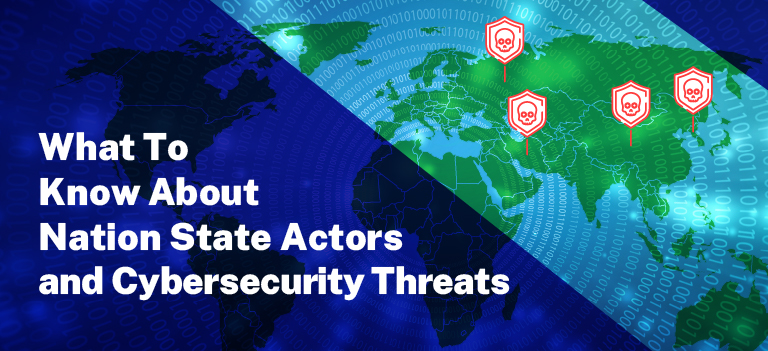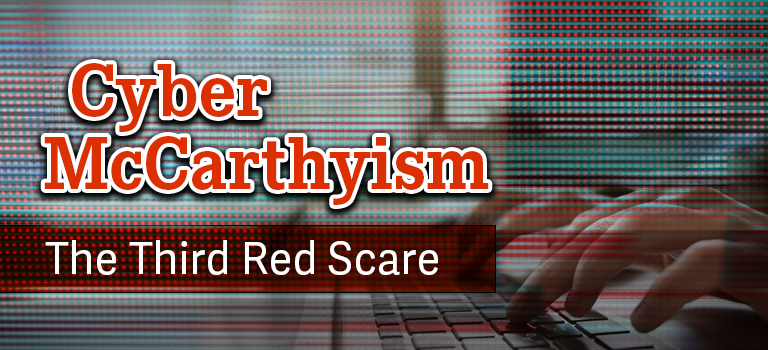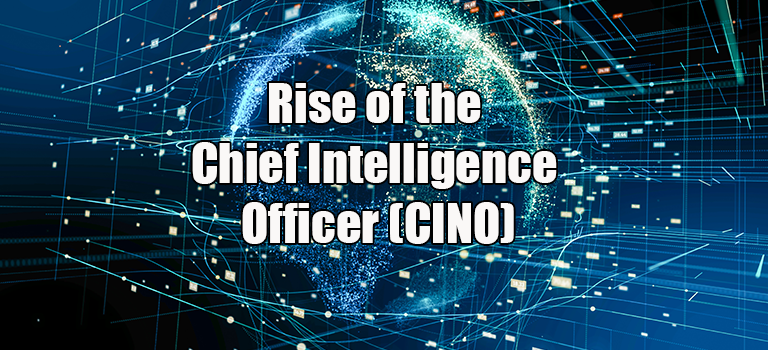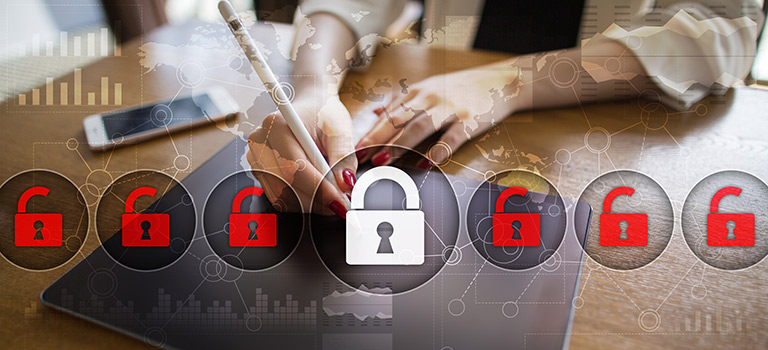The Threat and Threat Intelligence
What To Know About Nation State Actors and Cybersecurity Threats
Author(s):
Craig Watt, Threat Intelligence Consultant, Quorum Cyber
According to the United Nations, the world witnessed a significant rise in violent conflicts in 2023 that reached unprecedented levels not seen since World War II. This increase in global tensions continues to impact the cybersecurity landscape profoundly. States primarily responsible for these developments are known as the ‘Big Four’, namely Russia, China, Iran, and … Read more











